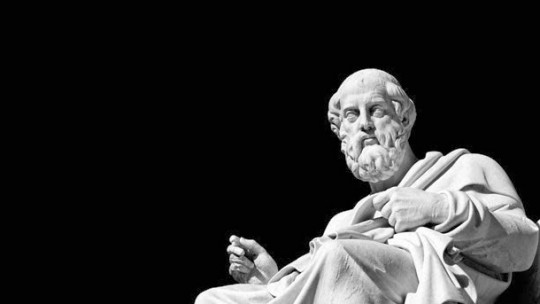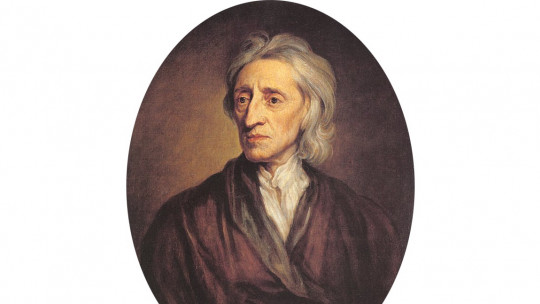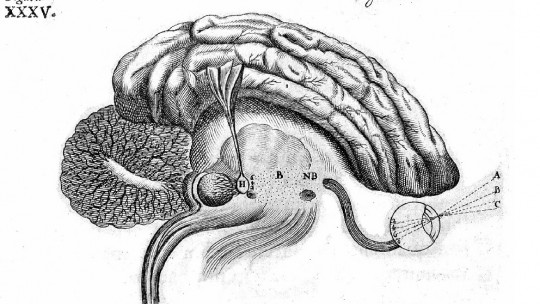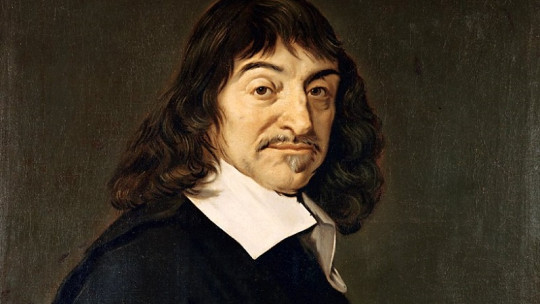
Rene Descartes He was a typical example of a Renaissance intellectual: soldier, scientist, philosopher and speculative psychologist
He studied with the Jesuits, and his training was both metaphysical and humanistic. His influence has been decisive for his reformulation of the rationalism and its inclusion in a mechanistic system.
Descartes (1596-1650) and Rationalism
Just as the skepticism of the sophists was answered with the rationalism of Plato, Descartes’ rationalism was a response to the humanistic skepticism of the previous period that, having placed man at the center of the world, he did not trust in his own strength to sustain him.
Descartes did not accept the belief of the skeptical about the impossibility of knowledge nor in the weakness of reason. He decided to systematically doubt everything until he found something that was so clearly true that it could not be doubted Descartes discovered that he could doubt the existence of God, the validity of sensations (empiricist axiom), and even the existence of his body.
Cogito ergo sum: the first and undoubted truth
He continued along this path, until he discovered that he could not doubt one thing: his own existence as a self-conscious and thinking being. It is not possible to doubt that one doubts, because, in doing so, the very action that is denied is carried out. Descartes famously expressed his first indubitable truth: Cogito ergo sum . I think, therefore I am.
Starting from his own existence, Descartes justified the existence of God through arguments that were questioned even then. He also established the existence of the world and the body itself, and the general accuracy of perception.
Descartes believed that a correct method of reasoning can discover and prove what is true. He advocates, as a good rationalist, the deductive method: discovering the obvious truths through reason and deducing the rest from them This method is opposite to the inductive method proposed by Francis Bacon and adopted by empiricists.
Descartes, however, did not rule out the usefulness of the senses, although he thought that facts have little value until they are ordered by reason.
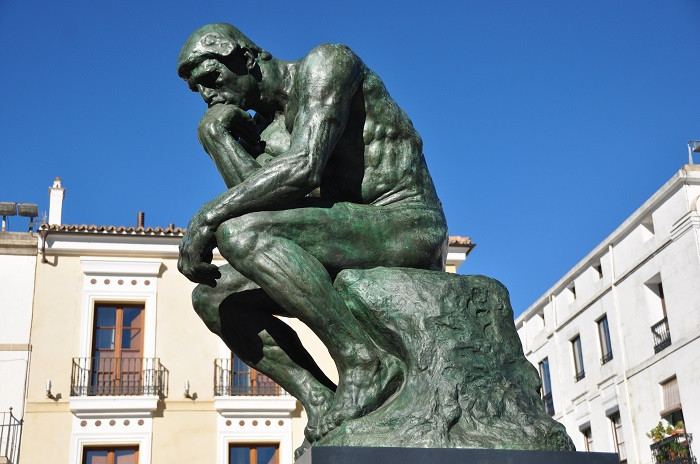
From Philosophy to Psychology and knowledge about cognition
Descartes was not the first to justify one’s existence in mental activity. Already the first rationalist, Parmenides had stated “Because it is the same to think and be”, and Saint Augustine had written “if I deceive myself, I exist” (for Descartes, however, who doubts all transcendent Truth, the question would have been “if I deceive myself, I do not exist”), and only a century before, according to Gomez Pereira: “I know that I know something, and whoever knows exists. Then I exist.“The Cartesian novelty lies in sustaining all meaning above doubt, and grounding the only certainty in logical truth.
Starting with Descartes, philosophy will become increasingly psychological seeking to know the mind through introspection, until the appearance of psychology as an independent scientific discipline, in the 19th century, based on the study of consciousness through the introspective method (although only for the first generation of psychologists).
Descartes affirms the existence of two types of innate ideas: on the one hand the main ideas, those that cannot be doubted, although they are potential ideas that require experience to be updated. But it also speaks of innate ideas regarding certain ways of thinking (what we would now call processes, without specific content, just ways of operating: for example transitivity). This second type of nativism will be developed in the 18th century by Kant with its synthetic a priori judgments.
Universal Mechanism
Descartes enriches the theory of Galileo with principles and notions of mechanics, a science that had achieved spectacular successes (watches, mechanical toys, fountains). But Descartes is also the first to consider mechanistic principles as universal, applicable to both inert matter and living matter, to microscopic particles and to celestial bodies.
The mechanistic conception of the body in Descartes is as follows: the characteristic of the body is that of being res extenso, material substance, as opposed to res cogitans or thinking substance.
These different substances interact through Pineal gland (the only part of the brain that is not hemispherically repeated), affecting each other mechanically.
The body has receptor organs and nerves or hollow tubes that internally communicate some parts with others. These tubes are covered by a kind of filaments that at one end join with the receptors, and at the other with some pores (like lids) of the ventricles of the brain that when opened allow the nerves to pass through the “ animal spirits”, which influence the muscles causing movement. He did not, therefore, distinguish sensory and motor nerves, but he had a rudimentary idea of the electrical phenomenon underlying nervous activity.
The legacy of René Descartes on other thinkers
Be Galvani, in 1790, who, based on the verification that the contact of two different metals produces contractions in the muscle of a frog, demonstrated that electricity is capable of causing an effect in the human body similar to that of the mysterious “animal spirits.” , from which it could easily be deduced that the nervous impulse was bioelectric in nature. Volta attributed this effect to electricity, and Galvani understood that it was generated by the contact of two metals; From the discussion between the two arose, in 1800, the discovery of the battery, which began the science of electric current.
Helmholtz, in 1850, thanks to the invention of the myograph, measured the muscle’s reaction time when stimulated from different lengths (26 meters per second). The sodium pump mechanism would not be discovered until 1940.
The importance of the pineal gland
In the pineal gland Descartes places the point of contact between the spirit (res cogitansthinking substance) and the body, exercising a double function: control over excessive movements (passions) and, above all, consciousness. Since Descartes does not distinguish between consciousness and consciousness, he deduced that animals, which did not possess souls, were like perfect machines without a psychological dimension, that is, without feelings or consciousness. Already Gomez Pereira had denied the psychological quality of sensation in animals, leaving their movements reduced to complicated mechanical responses of the nerves actuated from the brain.
The result was that a part of the soul, traditionally associated with movement, became an intelligible part of nature and, therefore, of science. Psychological behaviorism, which defines psychological behavior as movement, is indebted to Descartes’ mechanism. The psyche was configured, on the other hand, only as thought, a position that would reappear later with cognitive psychology, if this is defined as a science of thought. For Descartes, however, thought was inseparable from consciousness.
A characteristic, however, common to these approaches, as is widely the case in the rest of the modern sciences, is the radical separation between the subject who knows and the object of knowledge. Both movement and thought will become automatic, proceeding according to predetermined causal chains in time.





